This review was written in 2012, when I was working with a charity and writing pieces for a gaming magazine, that was released digitally that year. As a result it will more reflect the situation of that time and will not take into account what has changed since then. Please Enjoy!
First, some facts; FF7 was produced using over 120 artists and designers. It was the most expensive game of it’s time, undertaken by a company who only a decade before had just escaped bankruptcy, one which now controlled a budget (for this game alone) of $45 million. Because of the graphics being used in this game at the time and the programmes, such as Power Animator and Soft Image 3D, this went far beyond what the seasoned animators at Square had been exposed too before. They themselves were in awe at what was being created. They were coding a classic and they knew it.
Plus, on top of all this, Sony levelled a $100 million advertising campaign (yes, you read that right) in order to create hype and anticipation about the title. In 1998 Eidos paid a cool $1 million just for the rights to port the game onto PC. On a new console, with graphics that had never been seen before, and giving long time fans an unfamiliar concept to what they were used too – Square found themselves in familiar waters – FF7 would either propel the company to success or would spell Square’s ultimate end. If the entrance scene of the game is any indicator on success, then I’d say Square nailed it, gaming history was about to be made.
There’s been an awful lot said about this title in the past decade. So much so, in fact, there are websites and blogs dedicated to pages and pages of random comments and theories, designs and ideas, about this game. A lot of people are wholly convinced they know more about FF7 then those who developed it. Before this game came along, I was a different person, since all gaming ever represented to me was getting from level to level, powering up, and finishing the quest. Capcom’s Resident Evil the year previous had shown me what it was like to think about a game’s story, but between solving puzzles and being scared fruitless by zombies, I wasn’t eager to play as much of it as I would. When I look back at my time spent with Final Fantasy 7 however, the original time spent on my PS1 in 1997, it’s hard to imagine that I’m the same gamer or even person I was then – so influential and impacting is this software’s effect on me.
Now, given the amount of rubbish that exists online about this game, that’s a bold statement to make. But you need to remember that when Final Fantasy 7 first hit Europe it was far beyond anything that Square had done before. For a start, it was on PlayStation (having already had too much power for both SNES and N64), importantly moving away from both Nintendo (a relationship that would remain fractured for years as a result, not least due to Nintendo’s shunting in the PlayStation’s own development history) and, of course, the traditional cartridge. That might not seem like a lot upfront, but given Square wanted FFVII to be the game where they moved into 3D, having it on the processor speed of a PlayStation made that dream come true. If it had been financially possible to put this game over several cartridges and maintain the same the same level of quality then Nintendo would now be the world’s leading games entertainer. But it wasn’t.
In actuality, the game was released on three compact discs, which made it more economically cost effective to produce than cartridge, sold more copies per market and allowed Square to think about marketing Final Fantasy to the European Market. Final Fantasy might be a household name now, but in 1997 and prior to FF7, only a combination of titles had made it as far as Europe – and they were both imports – with FF4 released to the North American market as FF2. There’s a lot of reasons for this but the main one could be that the complexities of some FF titles didn’t appeal to the gaming public en mass until FF7 broke that mould and made it more acceptable for gamers to enjoy harder, longer and more challenging titles. So if gamers had heard of this “Final Fantasy” they certainly wondered why it was on it’s 7th instalment and what the hell it was all about. Little knowing that no Final Fantasy was interconnected in any way, aside from some creepy fan-boy rubbish, or some demented Japanese Easter Eggs.
In the same way of “dumbing down” the story by changing pivotal game play to suit more casual gamers, FF7 also greatly reduced the complexity of the fighting systems from previous titles, allowing players to only equip one item and one piece of armour per character. Also, the Materia (or Spirit Magic) system is – quite frankly – genius, and allows you to pick and choose what attacks to best use with what character. For example, should Aerith be the group healer, should Cid hold the power of Thunder, and so forth. It’s a basic concept that applied to all kinds of online role playing games these days as well, such as World of Warcraft and Warhammer, and while I won’t be so bold to say that FF7 inspired all these games how to fight I will say that the fighting system in FF7 made it a lot easier for newer gamers to grasp the complexities of previous Final Fantasy titles, whether they’d played them or not.

To look at the complex story, let’s start at the start, in the City of Midgar. This is the fictional city in which our story begins and in which you’re introduced to the character you’re going to spend at least a few months playing as, Cloud Strife, a former member of the organisation Shinra whose about to turn whistle-blower (in a manner of speaking) and assist in the destruction of one of their nuclear reactors (he might have just sent a letter but the Buster Sword tells us he means business). Cloud’s joined Avalanche, a group of mercenaries set on protecting the planet, and led by the one “gun-armed” Barrett.
As much as Cloud insists he’s just there for the money you can see there’s more too it then that, thrown into a world of adventure we cared little about before it began, but which we will never forget nor want to leave again. Just as the characters grow, you’ll grow too, taking on a number of new members to your group (as well as loosing a few) and then leaving the City for the Countryside, Countryside to Harbour, Harbour to Boat, Boat to New Continent – and before you know it you’re traversing the Globe and saving the entire Planet. Of course where most games will have ended by the time you reach the Midgar climax (Shinra’s President dead, the company in shambles, an image torn down…) FF7 just keeps going, giving you probably the best value for your money of any game you will EVER play.
Characters are instantly recognizable, unique and loveable, with Tifa (Cloud’s best friend) and Aerith (a flower girl from the Slums and so much more) complementing the more hard fought like Barrett (the leader of Avalanche with a secret in his past), Red 13 (the last of his kind, wise and yet not infallible), Cid (an airship pilot who dreams of going to Space) and Yuffie (a young girl with the heart of a Ninja). There are also the more stupid characters, like Cat Sith, which I’ve always retained a soft spot for even if he was a Shinra Spy.
In fact, so compelling are some of the stories for FF7 (such as Red XIII discovering what really happened to his father) they’ve been copied, years later. Then there’s Sephiroth, a man who in reality should have an article just about himself, probably the most legendary bad guy in video game history. Even the mere mention of his name will make grown men cry; remembering the moment when he shoved a sword through a young girl’s heart, and ended a romance that could have blossomed throughout the ages. President Shinra, Reno, Hojo, Rufus, Hed’gar and Reeve are all very well and good…but it’s Sephiroth who became your main obsession – as Cloud struggles to remember why he faced the most legendary swordsman in history…and lived. The first few hours of game play are almost meaningless (I don’t really mean that though), only when you wake up with your cell door open and a trail of blood leading upstairs, do you fully understand just what you’re playing and where you’re going.
The music of this game (produced by Nobuo Uematsu) adds another depth and layer to the game all by itself. This magic is still being recreated today (check out my review in this issue for The Last Story) but in 1997 it was unheard of that a Final Fantasy game would have such a deep, rich, compelling and lengthy soundtrack (the official soundtrack from Japan is itself spread across three discs). Sony, being masters of audio, obviously made PlayStation the best sounding console they could as well as it graphically outdoing everything on the market. This sound was rarely utilised as much then by those brandishing Final Fantasy in their name. Tracks like ‘The Turks’ and ‘The Golden Saucer’ are perhaps as about iconic as they come and provide just as much of a nostalgic transportation back to your original play through and locations as playing the game does now.
The 3D effects aren’t the kind you’ll find on 3DS, but do get the job done, with excellent backdrops and beautiful layouts as you traverse across mountain ranges, deserts and city slums. Graphically, this wasn’t the best game for it’s time, but that doesn’t matter when you think about how deep and compelling the storyline is. Also, and unlike previous Final Fantasy titles, this game didn’t start in the deep end with little introduction. There’s a gradual (and completely UN-Japanese like) cooling off period as you come to learn and know your characters. Asian gamers might never have experienced this before (the original Final Fantasy has us first fight the main protagonist within 10 minutes or less of the game starting), but it was a stroke of genius on the part of Square, who couldn’t have foreseen how easily agreeable the plot was with Western gaming.
Even the game’s sequel (in number only), Final Fantasy 8 (reviewed in our last Game On Issue), had criticisms from people who said the story was too far detached from real world events and didn’t gently break the players in. These are people who just don’t get the Final Fantasy series, but unless every nerd bought 15 copies, FF7 couldn’t (and wouldn’t) have sold in the numbers it did without appealing to those who just weren’t RPG fans (for the record, as of May 2010, that number is 10 million copies). FF7 broke a lot of sacred code and convention when it came to JRPG games, but the gamble paid off, and a game spanning over three discs was the glorious result.
Of course, to play devils advocate, there are a lot of legitimate reasons why people would hate FF7 – not because of what it is – but what it did to gaming culture in general. Before 7, virtually nobody in Europe had ever heard the term, and few people in North America had legitimately purchased Final Fantasy. VII created a vacuum in time and space that needed to be filled with everything FF including remakes, spin offs, development titles and ports. In fact, since 1997, we’ve had 110 Final Fantasy games released across 15+ different platforms. And in this case, due to the phenomenal success of FF7, this is mostly all down to Cloud and his friends.
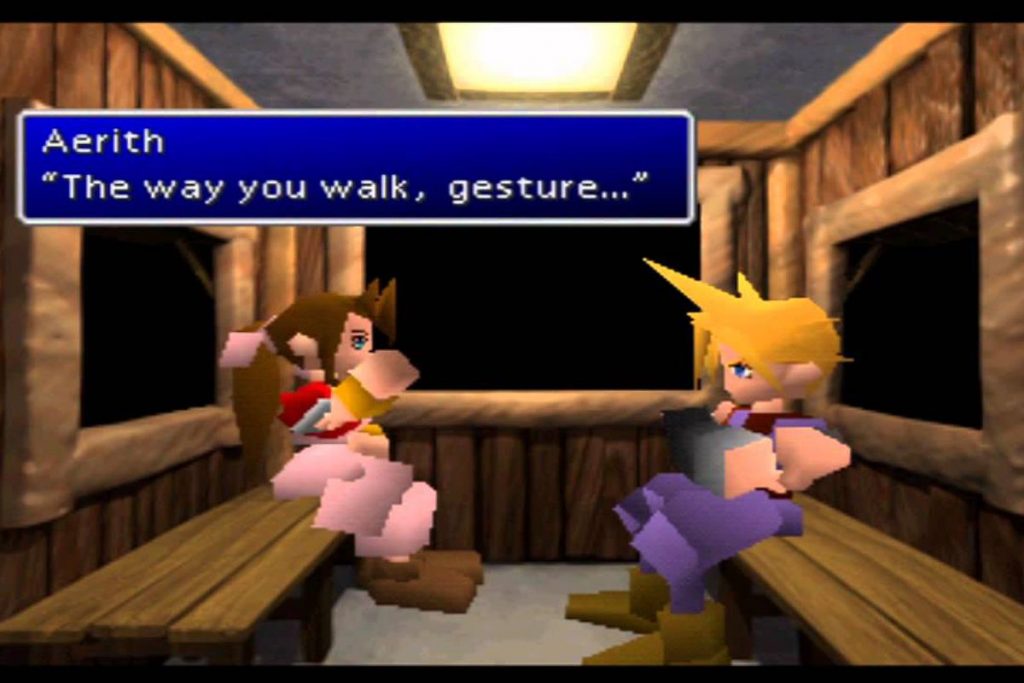
Plus, FF7 attracted a lot of fans, including the kind of cos play and Anime porn fans who felt it would be somehow interesting (and erotic) to dress as members of the game for conventions. The internet is littered with graphic artwork of the female characters of FF7 and rarely has a video game produced this kind of need. If the legacy of Final Fantasy 7 is bad movies, ports of games only four people in the world will ever want to play on their IOS (one of them works for Game On) and really bad porn then we’re in trouble. No, there are a lot of reasons to hate Final Fantasy 7, once you turn the game off and go out into the real world. That’s if you find the time after playing for months on end and trying to succeed in the ultimate quest.
This all sounds like a lot of gaming though, and it is, we know at least one reporter here who (with all the proper medicines and magic to make sure he wouldn’t be stuck too long) attempted to play a run through of the game in one sitting (extreme health warning) having traversed the land before. It took him just under 37 hours to do so. On top of that he ignored several “optional” quests and never spent any of the wasteful nights we spent in the late nineties betting on Chocobo Races. Actually, I should correct myself, I still do that now!
If you want to see what we nearly ended up with on NES, check out http://www.youtube.com/watch?v=hC-ervoOpAM and thank yourself very, very lucky. Although it still looks iconic there too.
The point to this waste of Ink is that it’s a very long game (and this has been a very long review), and you’ll really want to play it, with a few hours on the occasional evening you get to use the TV or PC (in-between Dancing On Ice and Coronation Street no doubt) meaning you might be finished by Christmas if you start right now. And, when you’re finished, you’ll feel sadness actually having to say goodbye to a collection of friends. Let’s hope Square make good with their promises, hinted in 2010, of actually exploring a sequel.
In short, play it now, and find the Promised Land.

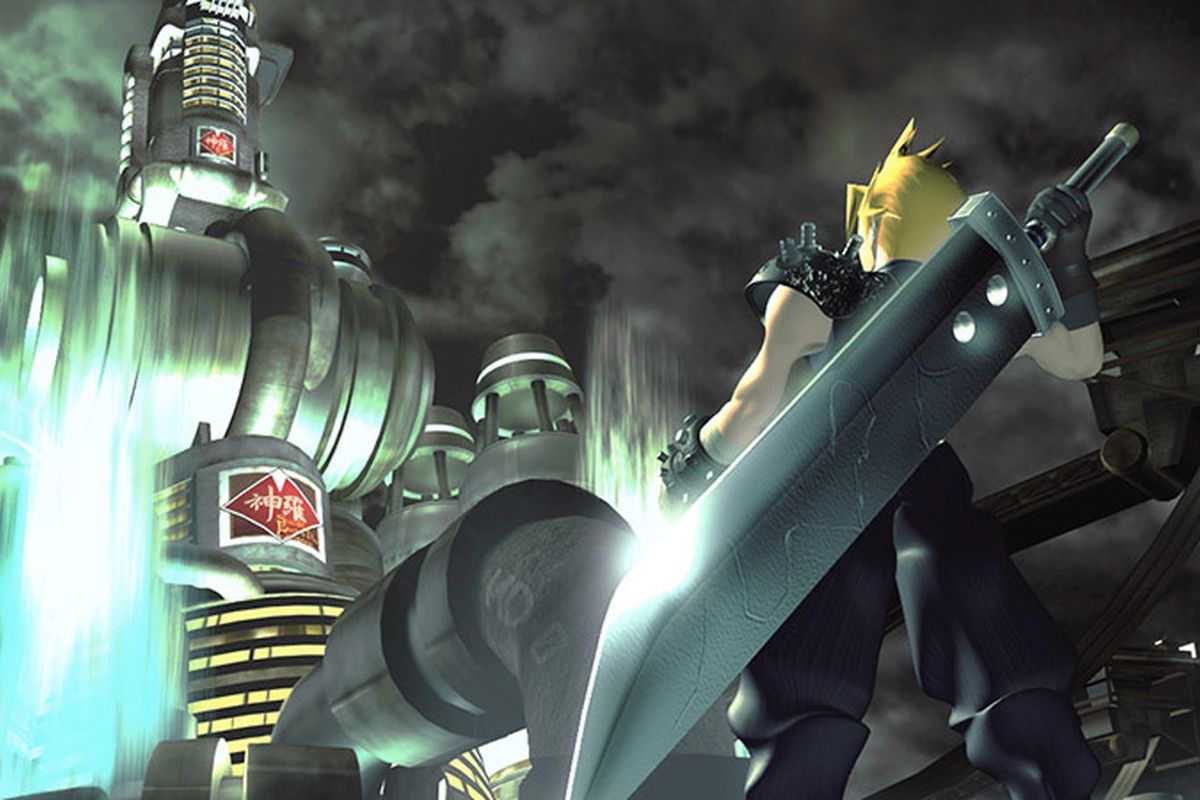
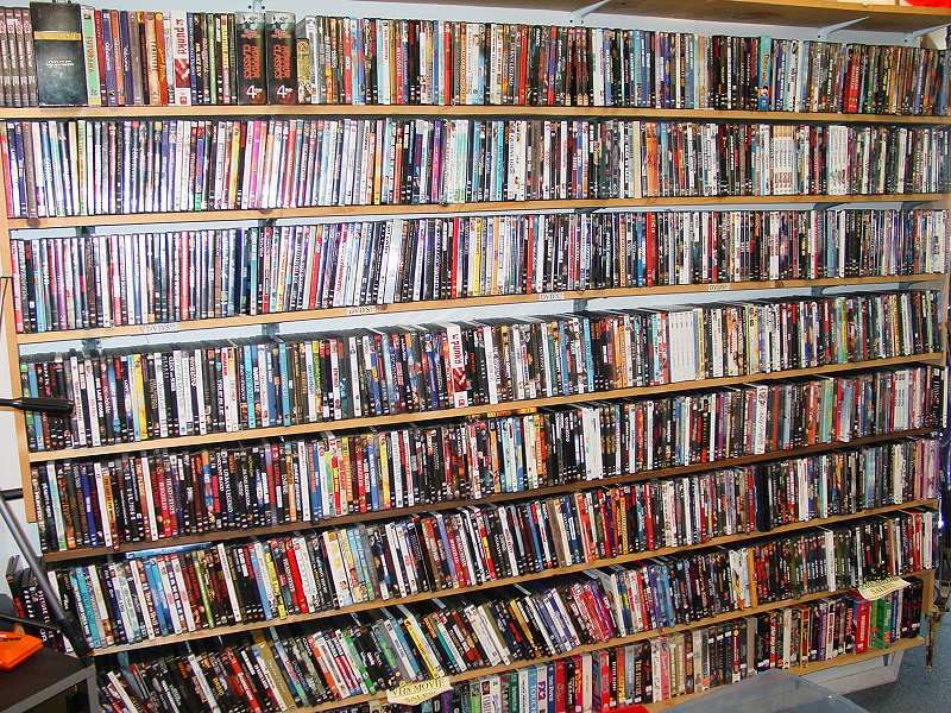

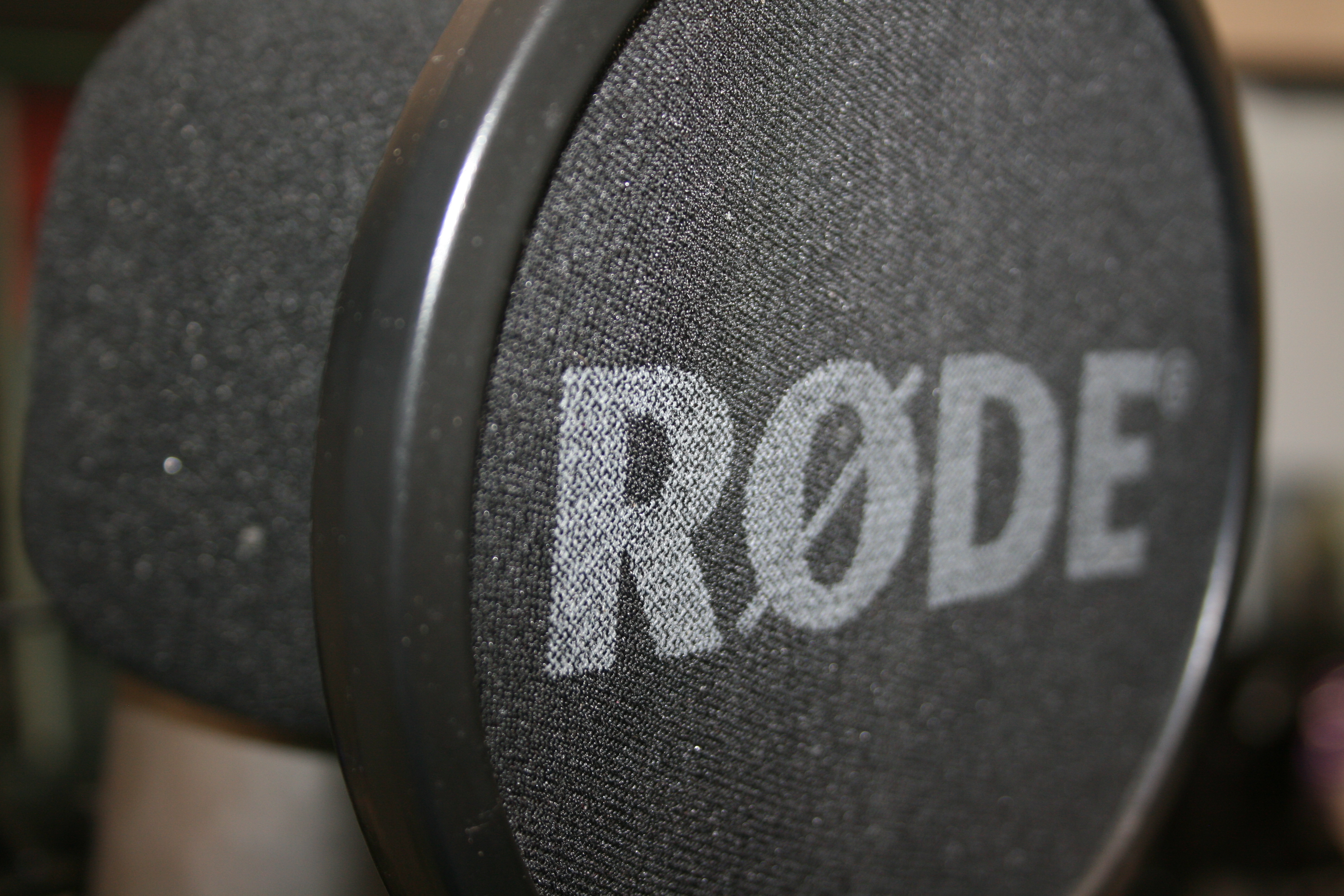
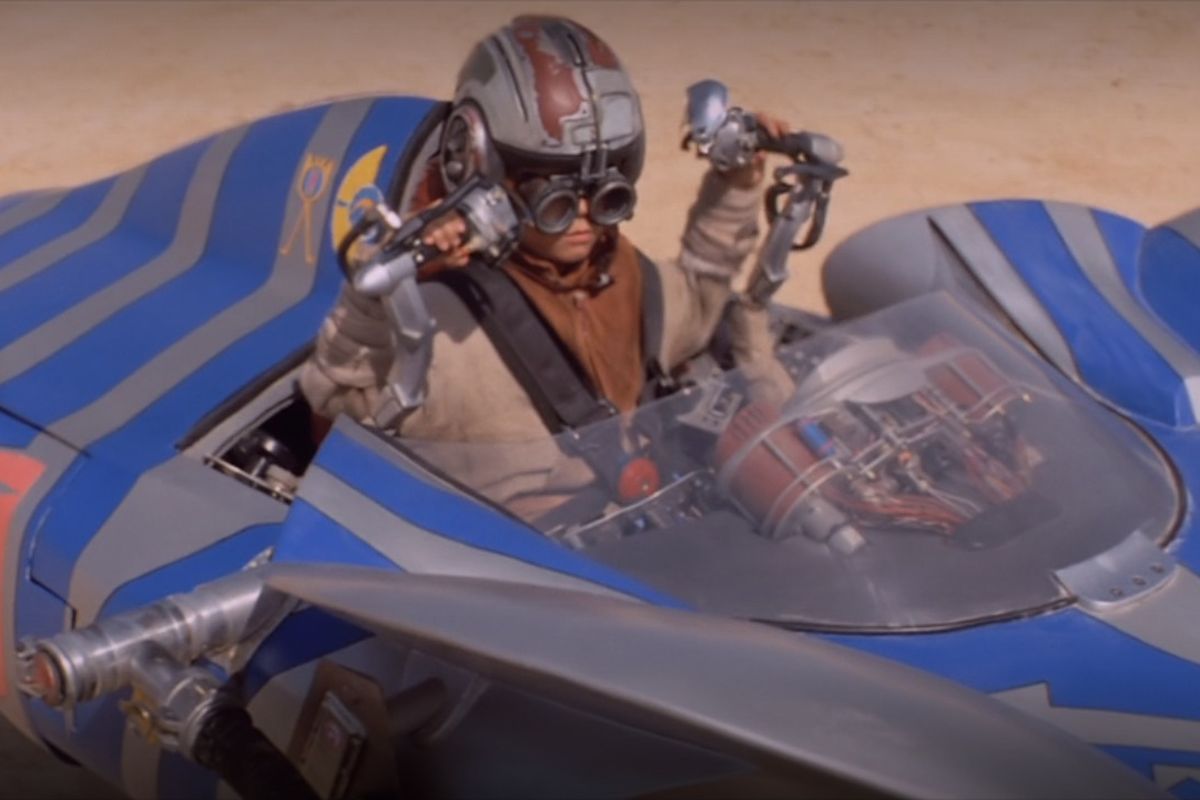
Recent Comments: